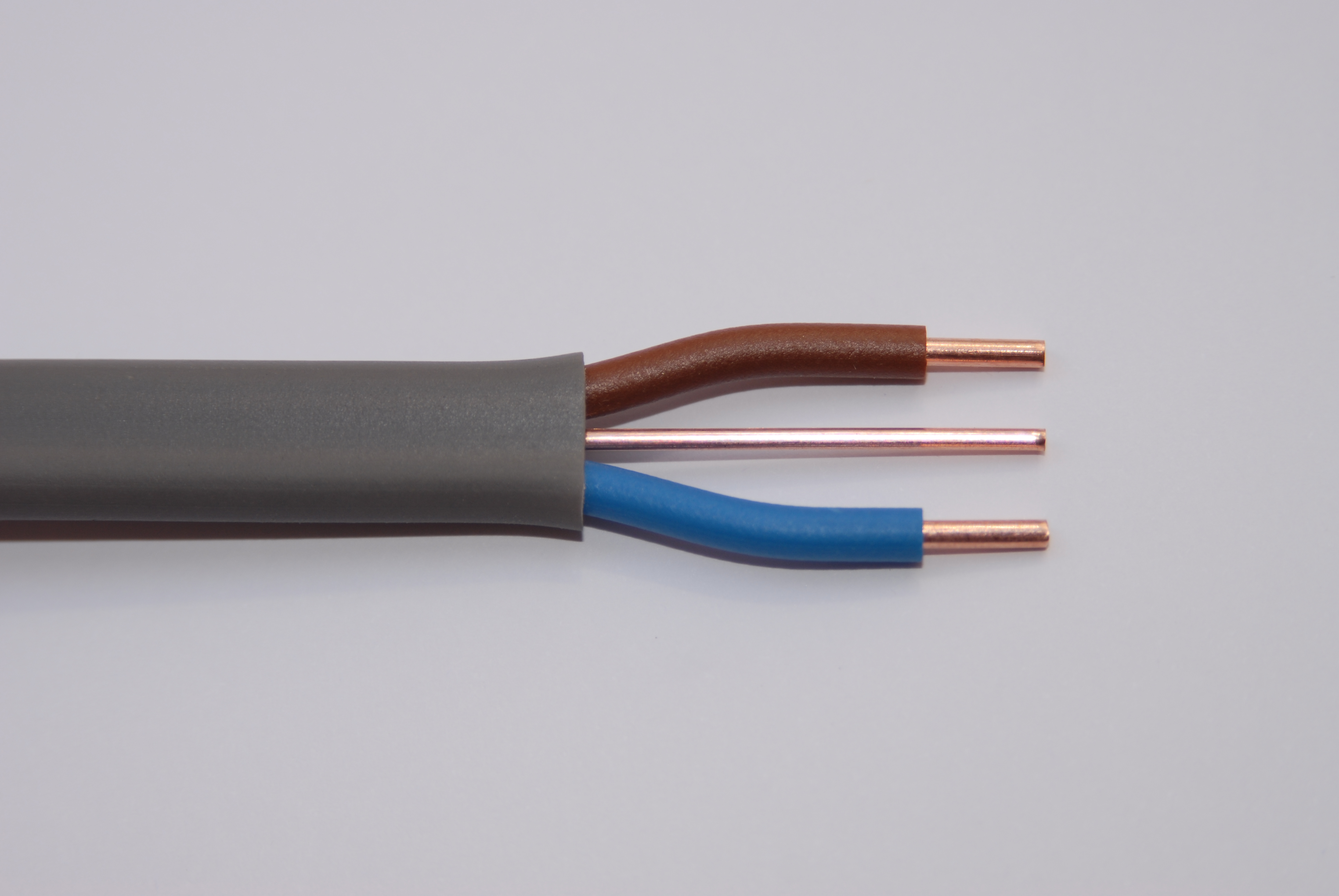PVC vs XLPE for insulating cable: What’s the difference?
When making a decision between different kinds of cables for a project, you may be faced with the choice between installing PVC insulated cable and XLPE cable .
Prysmian standard building cables are insulated and sheathed with Polyvinyl Chloride, better known as PVC, as it’s a very effective general material for electrical and physical protection. It’s perfect for insulating and sheathing Prysmian Twin and Earth cable, for example, and many other standard building cables.
However, if a higher conductor temperature is required, causing the cable to rise above 70°C, then the cable chosen for this application should be insulated with XLPE.
This is because PVC has a maximum working temperature of 70°C which is exactly what is needed for standing building cables, whilst XLPE has a maximum working temperature of 90°C. Cables that are insulated with XLPE can run a higher current in the conductors.
What allows XLPE to endure these temperatures is that it is a thermoset material, while PVC is a thermoplastic. This means that the molecules in XLPE are chemically bonded together and are more durable, contributing to the overall stability of the cable when faced with higher temperature situations. It also improves other properties such as resistance to cracking and aging.
With greater ductile strength, elongation and impact resistance, XLPE insulation will not melt or drip in high temperatures, up to 90°C.
Furthermore, under short circuit condition, XLPE insulation can withstand a conductor temperature of up to 250ºC for one second, compared to a conductor temperature of up to 160ºC for one second for PVC cables, and has higher overloading capacity under emergency conditions. It also can withstand vibration and has up to 100 times more moisture resistance capacity compared to PVC.
How does Prysmian use this technology?
Prysmian has developed these materials over decades, honing their performance with thousands of tests, ensuring all cable are manufactured to the highest standards.
Over the last century, we have become something of a materials expert. So, you can be confident that whether it’s your trusty Twin and Earth, or more specialist cable from the Low Smoke range, for example, it will be insulated with the best and most appropriate insulation for its applications.
For full specifications on building cables, including their insulations, explore more see our building wires page.



